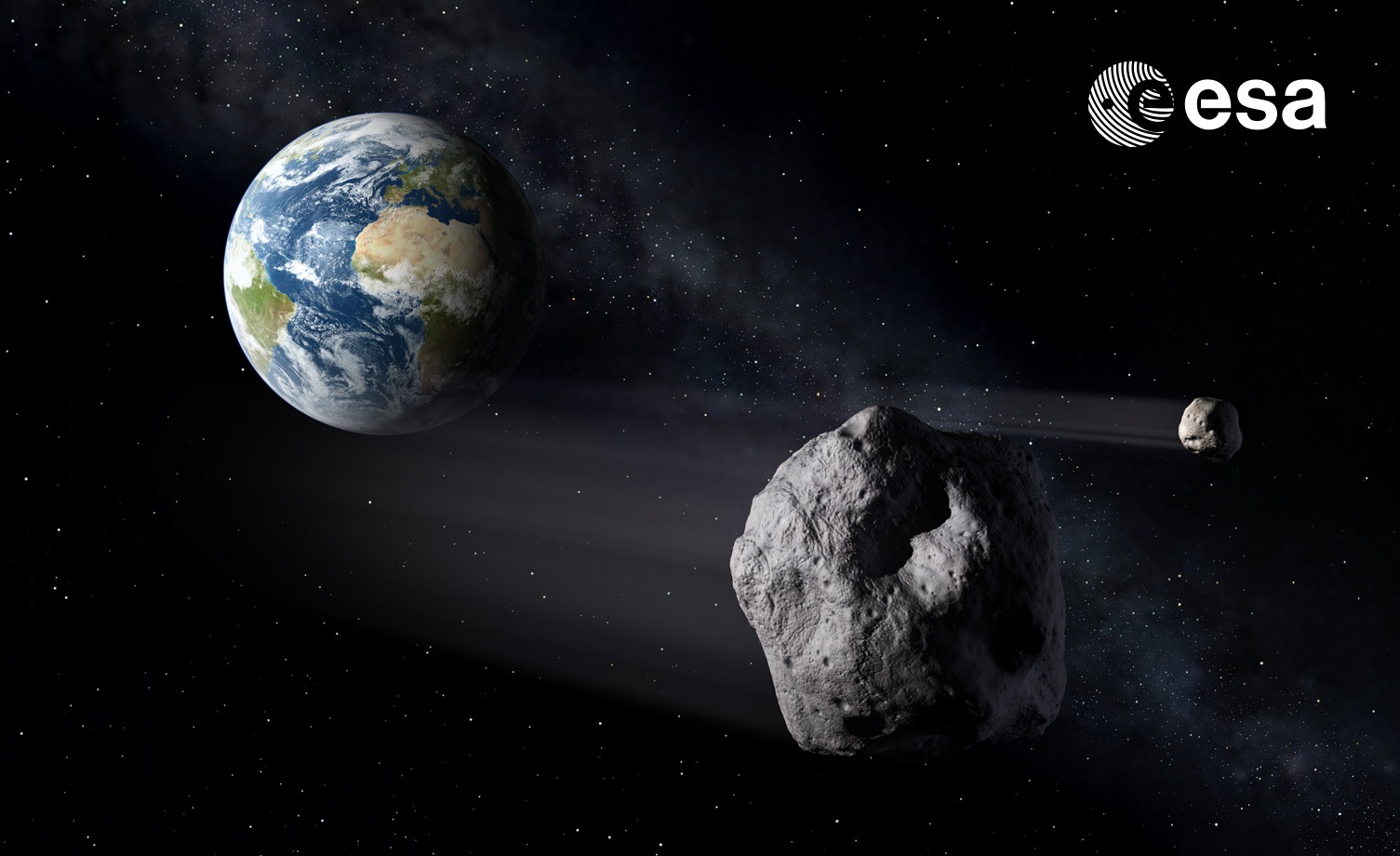Science Editorial (EFE).- Like every year since 2016, June 30 marks International Asteroid Day, and this year two of these objects ‘visited us’, one last night and the other tomorrow. Even if they are large and their orbits cross or pass ‘closely’ – in astronomical terms – to Earth, the probability of impact is zero.
Asteroids are the ‘bricks’ that formed when the Solar System formed and those that could not attach to one of these bodies have traveled through space ever since. There are millions of them, they are centimeters, meters and kilometers long and more or less dangerous.
What are NEOs?
35,155 are listed as NEOs – Near-Earth Objects – indicating their orbits are astronomically close to Earth’s orbit, according to CNEOS, the Center for Near-Earth Object Studies, US space agency. NASA and European Space Agency (ESA) Coordination Center for Observing these Objects (NEOCC).
It is these that, due to their impact on Earth, are focused on by scientists such as the Spanish Juan Luis Cano, who is responsible for the information system of the ESA NEO Coordination Center, so-called planetary protection. Rome.
This week, the astronomical community is focusing on two objects in particular – these days more observed, but smaller – and both as NEO – near Earth – and as PHA – dangerous and even closer to the Earth’s orbit, with a diameter of more than 150 meters. Had it been struck otherwise, the consequences would have been fatal.
More than 2,000 meters wide
The largest – (415029) 2011 UL21 – was discovered in October 2011 and is 2,310 meters wide, making it larger than 99% of near-Earth asteroids (NEOs). It reached its closest approach to Earth’s orbit at 10:16 p.m. ET (8:16 p.m. GMT) yesterday, Juan Luis Cano confirmed to EFE.
The closest it came to our planet was about 6.6 million kilometers, which is 17 times the distance between the Moon and the Earth.
‘2024 MK’ is the second of the observed objects, smaller than the previous one, 120 to 260 meters in diameter, and will ‘see’ Earth tomorrow. It was recently discovered on June 16.
According to NASA and ESA calculations, the asteroid will pass very close to our planet – about 295,000 kilometers – at 3:49 pm (1:49 pm GMT) on Saturday. It is visible even with small telescopes.
“It poses no danger to our planet, but was discovered a week ago, highlighting the need to continue improving our ability to detect objects in our cosmic neighborhood,” ESA wrote in one of its accounts last Monday.
They are two ‘exciting’ asteroids passing safely past Earth, coinciding with a ‘rare’ double flyby asteroid day, ESA says.

